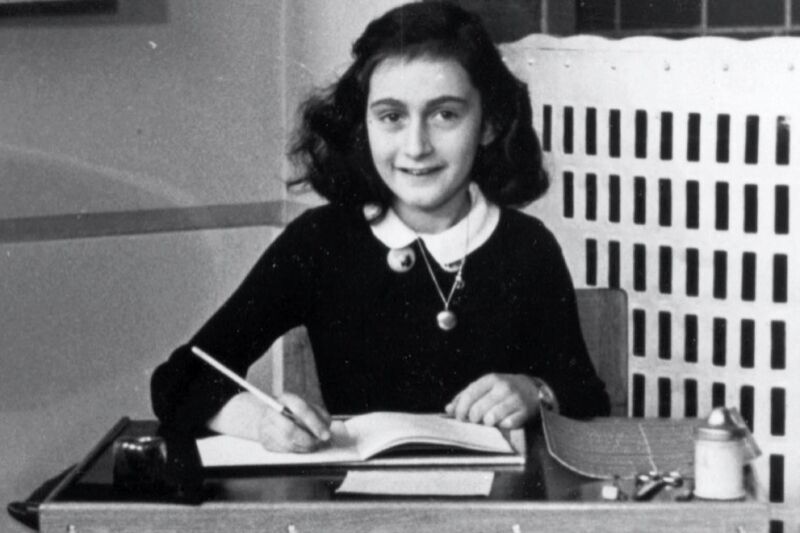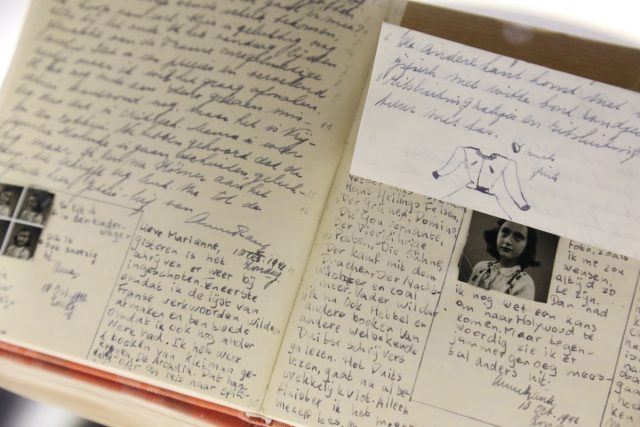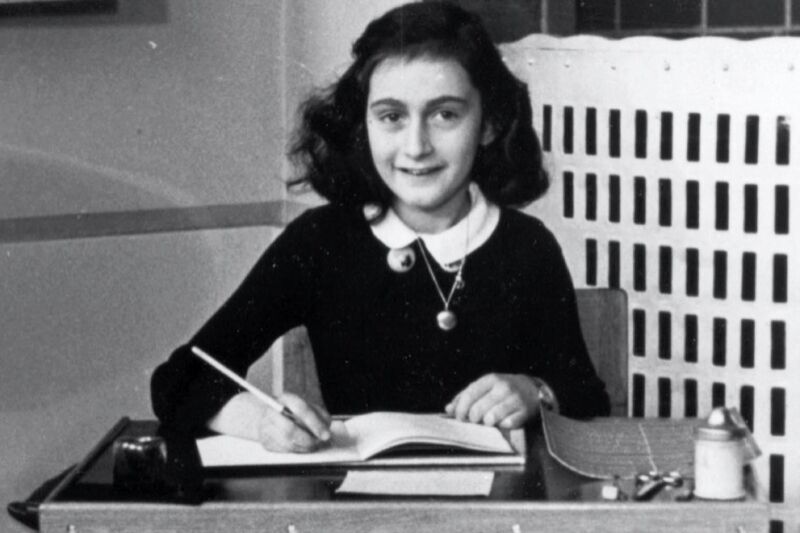[ad_1]

publicdomain
Former FBI special agent Vincent Pankoke was looking forward to a relaxing retirement hanging out at the beach when he left the agency. Instead, he was drawn into solving a famous cold case: the question of who betrayed Anne Frank and her family to the Nazis, leading to their arrest and deportation to a concentration camp. Only the father, Otto Frank, survived. To find his own answer to that question, Pankoke assembled his own crack team of dogged investigators. They spent five years poring over every bit of pertinent material, setting up an extensive online database, and developing an AI program to help them sift through it all and find new connections.
While admitting that the case is circumstantial and some reasonable doubt remains, Pankoke et al. believe the most likely culprit is a man named Arnold van den Bergh, a local Jewish leader who may have handed over lists of addresses where fellow Jews were hiding to the Nazis in order to protect his own family. The Pankoke team’s story was featured in a segment on 60 minutes earlier this week (see video at end of post) and is covered in detail in a new book by Rosemary Sullivan, The Betrayal of Anne Frank: A Cold Case Investigation.
Millions of people have read The Diary of Anne Frank since it was first published posthumously in 1947. It has been translated into 70 languages and inspired a theatrical play and subsequent Oscar-winning 1959 film, featuring Millie Perkins in the title role. Anne Frank was born in Frankfurt, Germany, but the family fled the country and settled in Amsterdam after Adolf Hitler came to power. They didn’t flee quite far enough: the Nazi occupation of the Netherlands began in May 1940 and eventually forced the Franks (and many other Jews) into hiding.

Anne received the famous diary on June 12, 1942, for her 13th birthday, around the time the Gestapo began deporting Jews in Amsterdam. On July 6, the Frank family began their lives in the Secret Annex attached to the office building at Prinsengracht 263, where Otto Frank had worked. It was only accessible via a door on the landing, kept hidden by a bookcase. Victor Kugler, Johannes Kleiman, Miep Gies, and Bep Voskuijl were the only employees who knew where the Franks (and later, the Van Pels family) were hiding. The four supplied the families with food and other necessities, knowing full well that they could be condemned to death by the Nazis for aiding Jews.
Anne chronicled their lives in the Annex in her diary for the next two years, making her final entry on August 1, 1944. Just three days later, German police led by SS officers stormed the Annex, arresting the Franks and the Van Pels family and transferring them to the Westerbork transit camp after interrogation. Kugler and Kleiman were also arrested and held at a penal camp for “enemies of the regime.”
Gies and Voskuijl were questioned, but not detained, and found the pages of Anne’s diary strewn around the floor when they returned to the Annex, preserving it for posterity. As the whole world now knows, 15-year-old Anne Frank died (likely of typhoid fever) at Bergen-Belsen between February and April 1945, the day after her older sister Margot. Their mother, Edith, had died of starvation the year before.

Katie Falkenberg/Los Angeles Times/Getty Images
There were two separate official investigations into who may have betrayed the family: one in 1947-1948 and the second (conducted by the Dutch police) in 1963-1964. In both cases, the findings were inconclusive. Since then, there have been several independent investigations identifying different possible suspects.
For instance, Melissa Muller’s 1998 biography of Anne Frank concluded that a woman named Lena Hartog, wife of the company’s assistant warehouse manager, betrayed the family. In 2003, Carol Ann Lee came to a different conclusion in her biography of Otto Frank: the culprit was a man named Anton “Tonny” Ahlers, a member of the National Socialist Movement in the Netherlands. Stockroom manager Willem van Maaren was another suspect, and since several possible culprits knew each other, there is also the possibility that more than one person betrayed the Frank family.
A 2015 biography of Bep Voskuijl (co-authored by her son Joop) suggested that one of Bep’s sisters, Nelly, may have snitched on the Franks. Nelly fell in love with a young Austrian Nazi, had worked for a year on a German air base, and had political leanings that had sufficiently estranged her from the family that she left their house. This theory holds that Nelly—who returned to Amsterdam in 1943 when her romance soured—may have been the anonymous female caller who (allegedly) tipped off the SS about the Annex secret, per the testimony of SS officer Karl Josef Silbauer, who made the arrests.
The Anne Frank House undertook its own investigation and arrived at a surprising new theory in 2017, thanks to the efforts of a historian named Gertjan Brock. It’s possible, Brock suggested, that there was no betrayal, and the SS raid was really part of ongoing attempts to track down purveyors of illegal goods. This theory holds that the officers just happened to stumble upon the Jewish families hiding in the attic.

